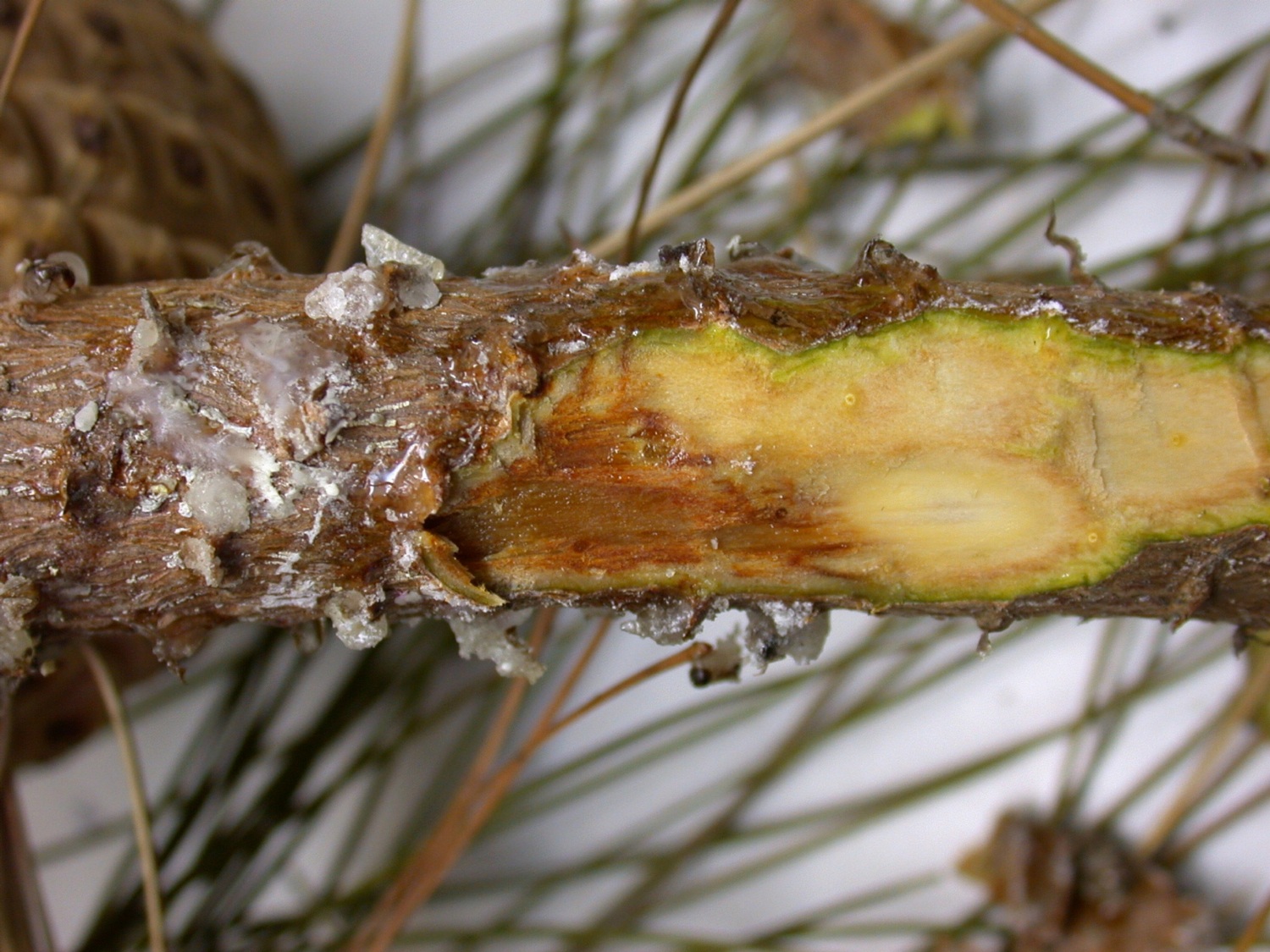Pine Pitch Canker Recommendations

In an effort to identify potential public safety risks posed by diseased Pine trees, Public Works and the City’s Urban Forestry Council are asking property owners to inspect the condition of pine trees within their property or on their sidewalks that appear dead or whose branch tips in the upper crown of the tree begin to die, the first sign of a regional fungal disease.
San Francisco lies within the zone of infestation for Pine Pitch Canker, which affects many pine species, especially the Monterey Pine commonly found in San Francisco and significantly impacted by the tree disease.
Some trees can live many years with some symptoms and even improve over time and do not require removal. The City recommends hiring an arborist to monitor the tree and if removal is required, the City may waive removal fees for trees on the public right of way.
For more information on Pine Pitch Canker please visit the State of California’s Pitch Canker Task Force website.
How do I know if my pine tree is healthy?
San Francisco lies within the zone of infestation for Pine Pitch Canker, a fungal disease that affects many pine species, including Monterey Pine. Pine trees in San Francisco are also susceptible to bark beetles that not only injure the tree, but also transmit the canker disease causing fungus. The disease causes resinous or pitchy cankers on all woody parts of the tree. One of the first symptoms is the dieback of branch tips in the upper crown.
Is it possible for the tree to become healthy on its own?
There is no cure for Pine Pitch Canker, but some trees show a natural resistance to the disease, and some trees can live many years with some symptoms, and do not require removal. Current research does show that some trees show an improvement in their condition over time. The City recommends hiring an arborist to monitor the tree. A tree does not necessarily need to be removed just because it has Pine Pitch Canker, however, trees with large dead limbs, a dead top, or trunk cankers are likely to die from the disease. Together, bark beetles and pitch canker disease are responsible for the decline and loss of many of San Francisco's Monterey pines.
How long can I wait before I take care of my tree?
A licensed professional arborist who is certified with the International Society of Arboriculture should regularly inspect your pine trees. Follow your arborist's recommendation regarding pruning or the removal of any infected tree. If you suspect that your pine tree is infected, contact your arborist immediately. If your tree has been killed by pine pitch canker, the arborist should counsel you to remove it as soon as possible. If large limbs have been killed, they should also be removed as soon as possible. Dead trees of limbs can fall and injure people or cause property damage. Infected trees can also cause the spread of beetles and canker disease if they are not managed and disposed of properly. The many Monterey pines located in landscaped areas and along San Francisco city streets are particularly susceptible to the canker disease.
Should I have my pine tree pruned?
To reduce the spread of the disease, it is recommended to prune pine trees when the bark beetles are less active – from November to February. Unless you need to mitigate an immediate safety hazard, it is recommended to only prune pines during this period. Again, talk to an arborist for more details.
Who can I call if I suspect a tree is infected or in danger of falling down?
Whether on public or private property, residents can report any diseased tree to 311. We will notify the property owner, or remove the tree if it is an imminent threat.
What if I have to remove my tree?
Don't forget -- a permit is required to remove any street tree in San Francisco. Please contact (415) 641-2676 for information about permitting requirements or to find out if your tree requires a removal permit.
For additional information contact us at:
Bureau of Urban Forestry
49 South Van Ness, Suite 1000 (Map)
San Francisco, CA 94103
628-652-TREE (8733)


